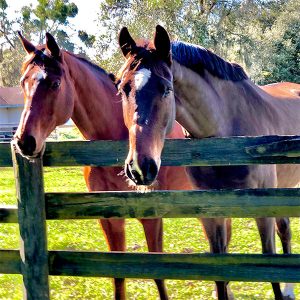
This is a crazy new world.
COVID-19 has taken over what we horse people know as normal and we’re having to call this strange limbo our new reality. How does one decide how to train their horses with no competitions…
» View Article
COVID-19 has taken over what we horse people know as normal and we’re having to call this strange limbo our new reality. How does one decide how to train their horses with no competitions…
» View Article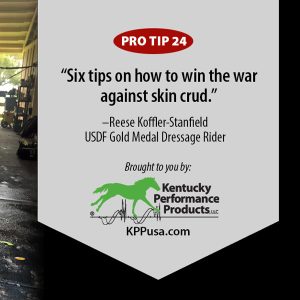
By Reese Koffler Stanfield, USDF gold medalist, FEI-certified instructor, owner of Maplecrest Farm. There is nothing worse than dealing with skin crud. To limit your horse’s exposure to the pathogens that cause skin disease, take a few easy steps:
» View Article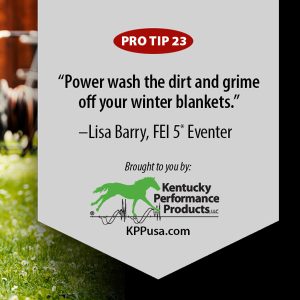
By Lisa Barry, FEI 5* Rider and Trainer. Are you sick of sending your blankets away to get professionally cleaned and spending a fortune on it?? Invest in a…
» View Article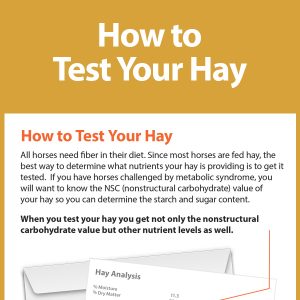
Click here to download a print version of this infographic. Text-only version of “How to Test Your Hay” All horses...
» View Article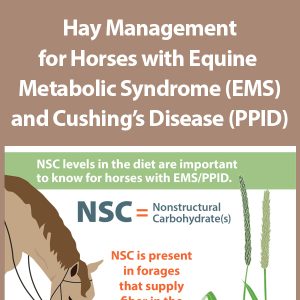
Click here to download a print version of this infographic. Text-only version of “Hay Management for Horses with Equine Metabolic...
» View Article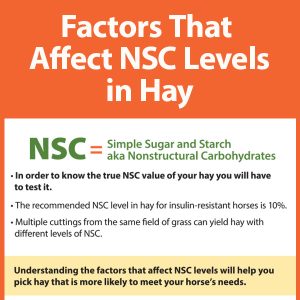
Click here to download a print version of this infographic. Text-only version of “Factors That Affect NSC Levels in Hay”...
» View Article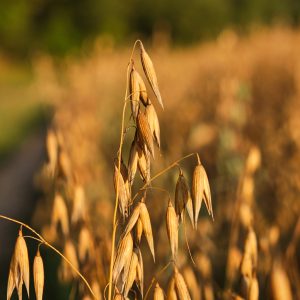
Busted: While organic grains are free of some pesticides and other chemicals, plain grains do not provide balanced nutrition to...
» View Article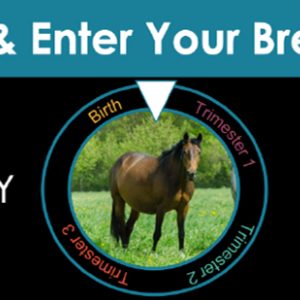
Article re-posted with kind permission by Equine Guelph: http://equineguelph.ca/index.php Preparing for the pitter patter of tiny hooves? Here is a great...
» View Article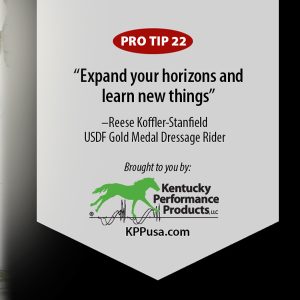
By Reese Koffler Stanfield, USDF gold medalist, FEI-certified instructor, owner of Maplecrest Farm. Take this time to expand your horizons and learn something new. Read an equine-focused book or…
» View Article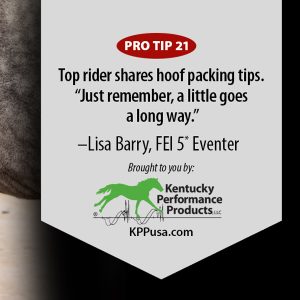
By Lisa Barry, FEI 5* Rider and Trainer. When packing a horse’s foot for a bruise or after working on hard ground to prevent soreness, add a little…
» View Article
Somewhat busted: When it comes to the mineral selenium, the term “organic” is defined as selenium that is derived from...
» View Article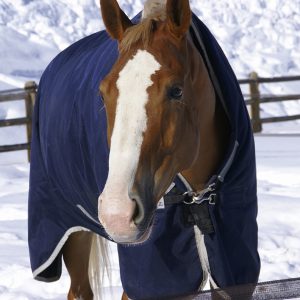
This crazy weather makes blanketing a real challenge. Blankets on, blankets off. Light, medium, heavy. Hood, no hood. Oh my!...
» View Article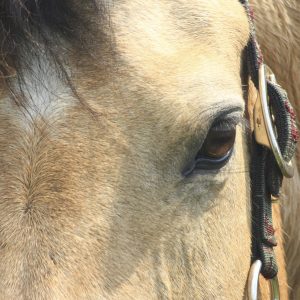
Q: My friend’s horse may have EPM as he tested positive on several of the markers for the protozoa that...
» View Article
We are excited to welcome Bourke Eventing to our team. Growing up in Westport Co. Mayo, Ireland, Tim inherited his...
» View Article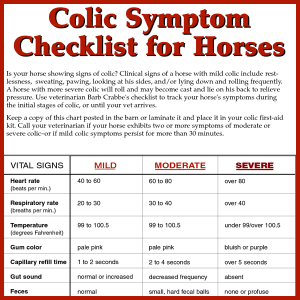
Do you know the difference between mild, moderate, and severe colic symptoms when you check your horse’s vital signs? Here...
» View Article
This is post 4 of 4 in the series “Horse Vital Signs” Horse Vital Signs Part 1 – What Is...
» View Article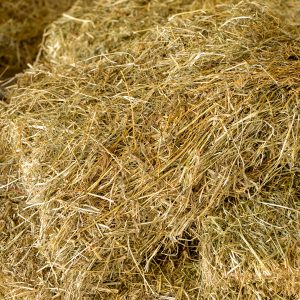
Question: I have a horse that has Cushing’s and IR. The farmer is having the hay tested. I know that...
» View Article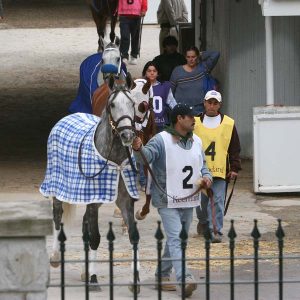
Dietary energy dictates body condition in healthy horses. Too little energy and the horse loses weight; too much energy and...
» View Article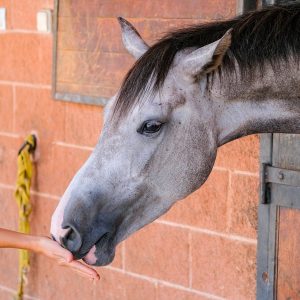
Here are 3 easy steps to determine if a horse feed is “low starch” enough for your insulin resistant (IR)...
» View Article
There are so many ways to talk philosophically about how to deal with “failure.” From a couple of wrong steps in a lesson…
» View Article
Click here to download a print version of this infographic. Text-only version of “Trouble Free™: What’s Inside?” Trouble Free™...
» View Article
It’s all about amino acids Protein is a major component in most tissues in the horse. Proteins are made up...
» View Article
Minerals are inorganic compounds that serve both as components in body tissue and as catalysts for various body processes. They play a critical role in a horse’s health and well-being. Minerals are broken down into two categories: macrominerals and microminerals.
» View Article
Minerals are inorganic compounds that serve both as components in body tissue and as catalysts for various body processes. Calcium and phosphorus are perhaps the most recognizable macrominerals. As with all minerals, they are vital to your horse’s well-being.
» View Article
"*" indicates required fields